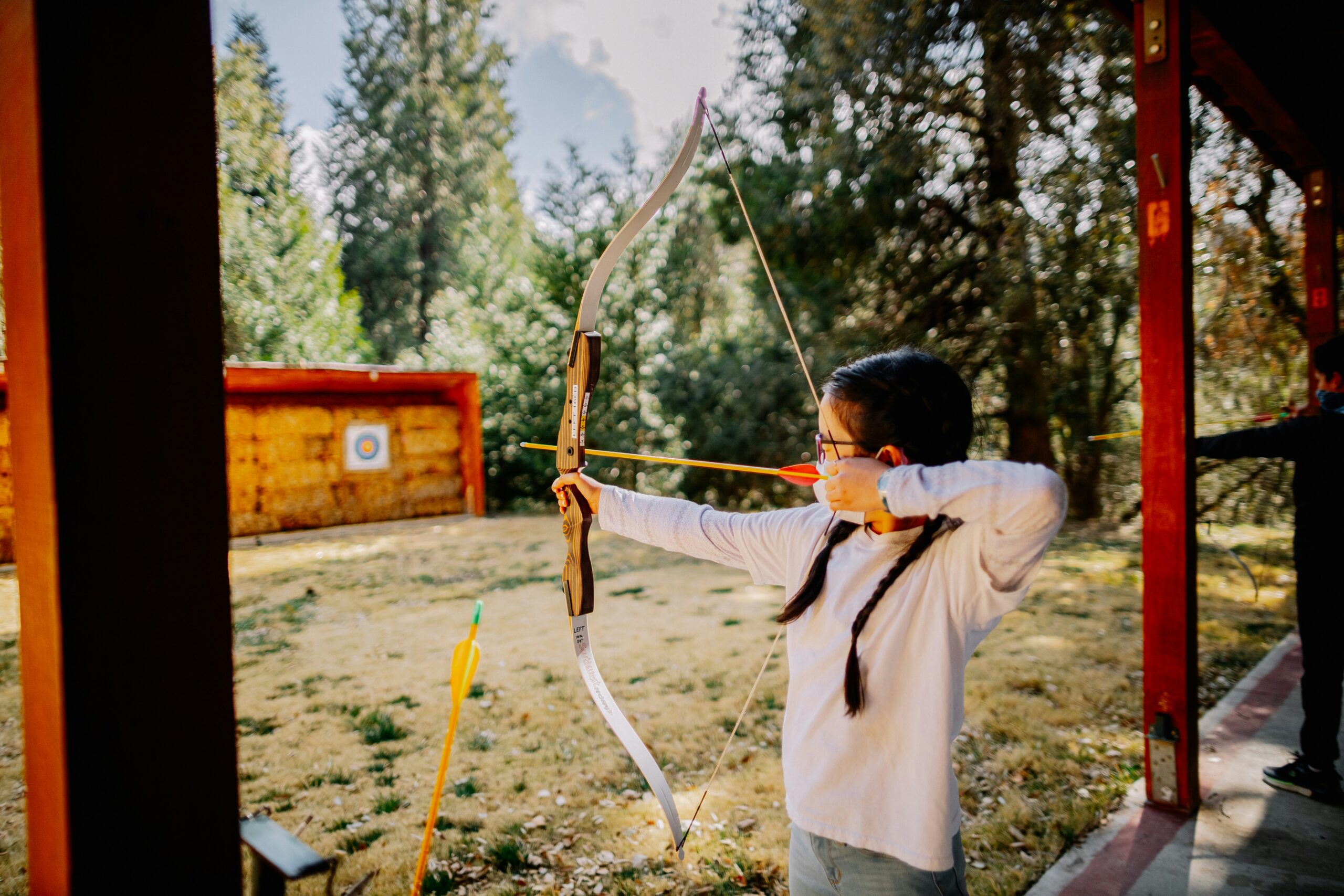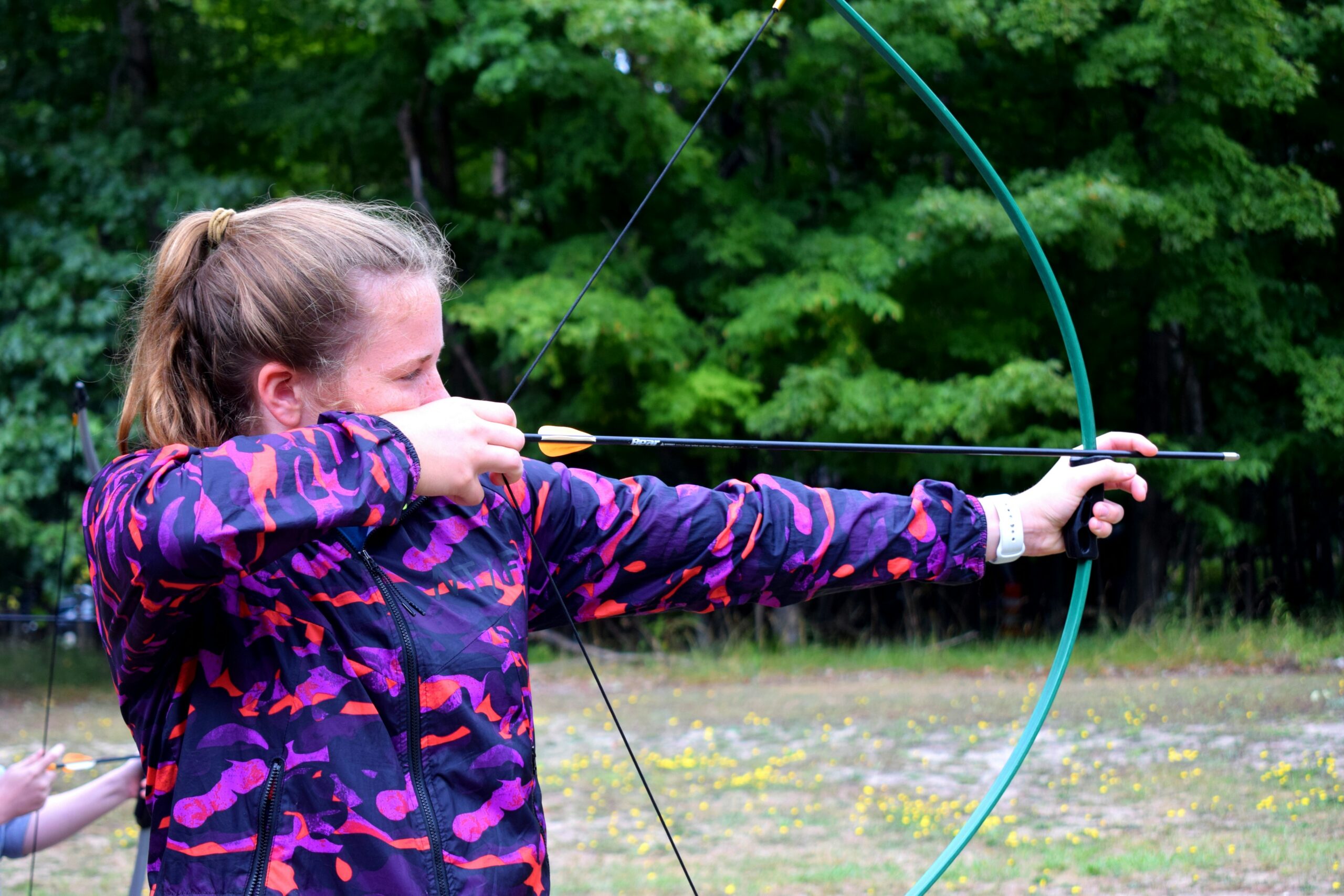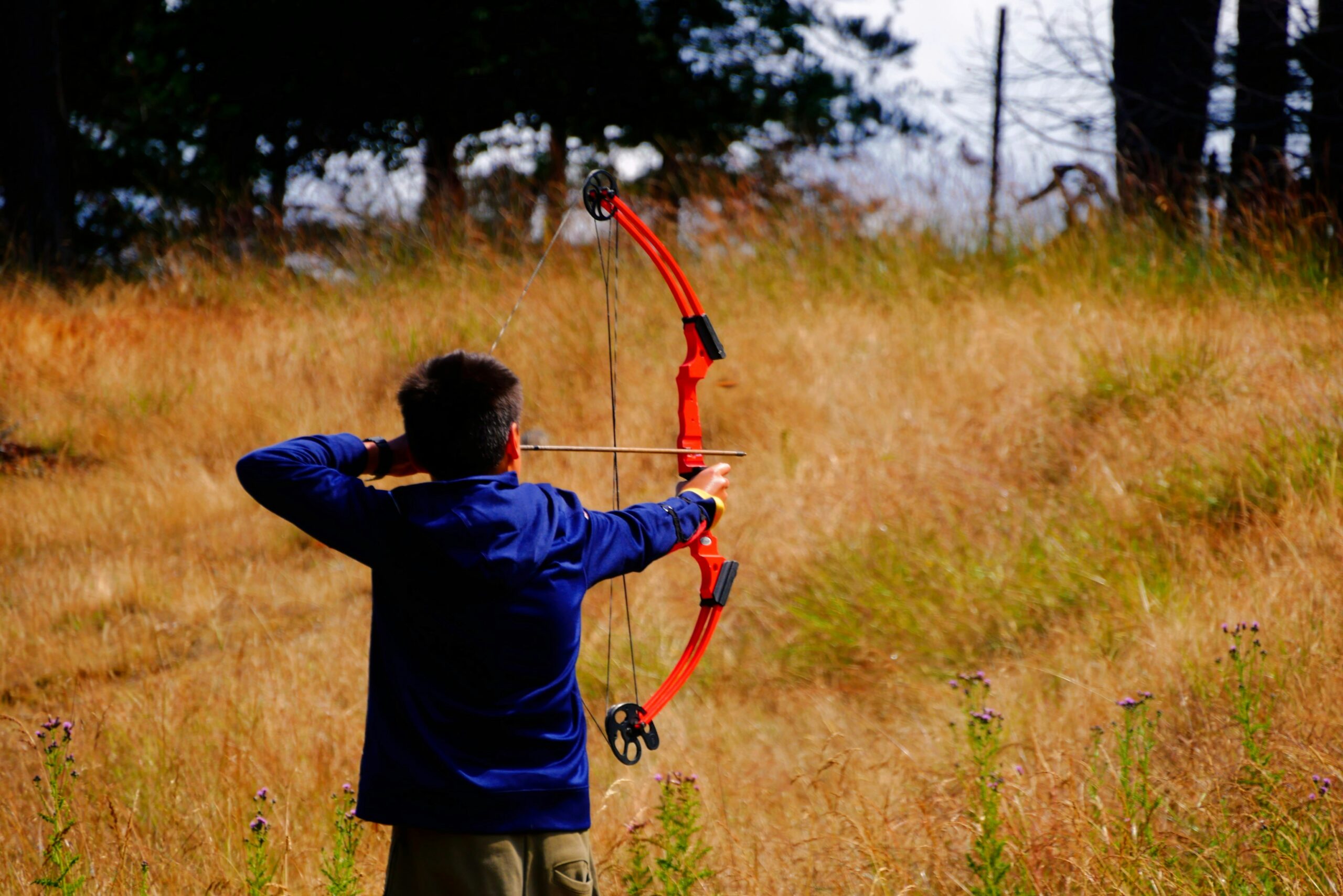Arrow tag is an exciting game for children, but ensuring safety during play is essential. Many parents and supervisors worry about managing playtime while keeping kids safe and connected effectively. This article will cover vital aspects of supervising arrow tag, including establishing clear safety rules and performing thorough equipment checks. Readers will learn practical strategies to monitor children actively and address any rule violations quickly. By the end, they will be equipped to create a secure and enjoyable arrow tag experience for everyone involved.
Key Takeaways
- Clear communication of game rules is essential for safety during arrow tag
- Supervisors should demonstrate safe shooting techniques to prevent injuries
- Regular equipment checks help ensure a secure playing environment
- Designating specific roles for supervisors enhances organization and oversight during gameplay
- Gathering participant feedback after each session improves future arrow tag experiences
Establishing Clear Safety Rules Before Arrow Tag Begins

Before starting the Arrow Tag, it is vital to communicate non-negotiable game regulations to ensure a fun and safe experience. Supervisors should demonstrate safe shooting techniques and outline consequences for breaking safety protocols. Confirming each child’s understanding is essential, and assigning specific roles for multiple supervisors can enhance safety and organization during gameplay.
Communicate Non-Negotiable Game Regulations
Clear communication of the game regulations is crucial to ensure a safe experience during arrow tag play. Supervisors should outline key rules to prevent situations similar to those in wildlife management, where unsafe practices can lead to injuries. By discussing shooting techniques and comparing safe practices in activities like deer hunting or a ropes course, supervisors can foster a better understanding among participants, promoting an enjoyable and secure environment for everyone involved.
Demonstrate Safe Shooting Techniques Clearly
Demonstrating safe shooting techniques is essential in arrow tag to prevent injuries and ensure a fun game for participants. Supervisors should show how to properly angle the foam arrows to avoid unintended risks, similar to shooting in dodgeball, where aim is crucial. Using visual aids or laser pointers can enhance understanding, especially for children who may not yet have a hunting license and need clear guidance on safety protocols.
Outline Consequences for Breaking Safety Protocols
To maintain a secure environment, it is important to clearly outline the consequences for breaking safety protocols during arrow tag. Supervisors should explain what will occur if a player mishandles equipment, such as a crossbow or foam arrows, ensuring everyone understands the rules before game time. This approach reinforces the seriousness of safety and emphasizes that adherence is essential for everyone’s enjoyment during parties and other gatherings.
Confirm Understanding With Each Child Participant
Before the arrow tag game begins, it is crucial for supervisors to confirm that each child participant fully understands the safety rules. This can be achieved through interactive discussions where children are encouraged to ask questions and demonstrate their knowledge of the protocols. By engaging in these conversations, supervisors clarify expectations and empower children to take responsibility for their safety and the safety of others during gameplay.
Assign Specific Roles for Multiple Supervisors
Assigning specific roles to multiple supervisors during arrow tag enhances safety and organization. Designating individuals for tasks such as safety monitoring or assisting players makes the game flow more smoothly and reduces the risk of accidents. Each supervisor can focus on their assigned duties, ensuring that all participants understand the rules and enjoy a secure experience.
Performing Thorough Equipment Checks for Young Players

Thorough equipment checks are essential for safe arrow tag play among young participants. Supervisors should inspect masks for proper fit and condition, verify the functionality of bows and the integrity of arrow tips, and ensure armguards and other protective gear are intact. Damaged equipment must be removed immediately, and children should be shown how to report any issues effectively.
Inspect Masks for Proper Fit and Condition
Inspecting masks for proper fit and condition is crucial for safe arrow tag play among young participants. Masks should snugly fit each child’s face without obstructing their vision. Supervisors must check for any signs of damage, such as cracks or loose straps, which could compromise safety. By ensuring masks are in good shape, supervisors protect players and promote a more enjoyable experience free from distractions or discomfort.
Verify Bow Functionality and Arrow Tip Integrity
Verifying the functionality of bows and the integrity of arrow tips is a key step in ensuring young players’ safety during arrow tag. Supervisors must check that bows operate smoothly and that arrow tips are securely attached, preventing equipment malfunction and potential injuries. Regular checks before gameplay can mitigate risks, allowing children to focus on enjoying their experience without worries about their gear.
Check Armguards and Other Protective Gear
Checking arm guards and other protective gear ensures safe arrow tag play for young participants. Supervisors must confirm that arm guards fit properly and provide adequate coverage to minimize the risk of injury during gameplay. Also, examining additional protective items like gloves and knee pads helps to create a secure environment, allowing children to focus on enjoying their game without fear of harm:
- Inspect arm guards for proper fit.
- Check gloves and knee pads for functionality.
- Ensure all protective gear is free from damage.
Remove Damaged Equipment From Play Immediately
Removing damaged equipment from play immediately is essential for the safety of young participants during arrow tag. Supervisors must regularly inspect all gear and act swiftly if any item shows wear or malfunction. This proactive approach not only prevents injuries but also maintains a positive and enjoyable gaming experience for all players:
Show Children How to Report Equipment Issues
Teaching children how to report equipment issues is essential for maintaining a safe environment during arrow tag. Supervisors should encourage players to immediately notify them when they notice any problems, like a loose strap on a mask or a damaged arrow. By creating an open dialogue, supervisors empower children to take responsibility for their safety and help ensure that all equipment is in top condition for gameplay.
Defining Secure Play Zones and Clear Boundaries

Marking off the designated playing field is the first step in ensuring safety during arrow tag play. Identifying obstacles and potential hazards helps to minimize risks, while establishing safe zones for resting allows children to take breaks without danger. Clear out-of-bounds rules should be explained to all participants to maintain order and enhance gameplay enjoyment.
Mark Off the Designated Playing Field
Marking off the designated playing field is essential to ensure safety during arrow tag games. Supervisors should clearly outline the boundary lines using cones, ropes, or spray paint to create an organized space that prevents potential injuries from players running into hazards. By setting these visual markers, children can enjoy the game within a safe area, knowing exactly where to play and where to avoid, which reduces confusion and enhances overall fun:
Identify Obstacles and Potential Hazard Areas
Identifying obstacles and potential hazards is crucial for ensuring a safe environment during arrow tag. Supervisors should thoroughly inspect the play area for things like uneven ground, sharp objects, or nearby structures that could cause accidents. By highlighting these risks and informing participants about them, supervisors create a safer game setting, allowing children to focus on enjoying the activity without worrying about hidden dangers.
Establish Safe Zones for Resting or Exiting Play
Safe zones for resting or exiting play is essential to ensure children can take breaks without risk during arrow tag. Supervisors should designate specific areas where players are safe from flying arrows and can recharge before rejoining the game. Supervisors create a structured environment that enhances safety and enjoyment for everyone involved by clearly marking these zones and communicating the rules for using them.
Explain Out-of-Bounds Rules to All Children
To ensure a safe and enjoyable experience during arrow tag, supervisors should clearly explain the out-of-bounds rules to all children. Supervisors should define the boundaries of the playing area and discuss what areas are off-limits, emphasizing the reasons for these rules to prevent accidents. Engaging children in this process helps them understand the importance of staying within designated zones, promoting both safety and fun during gameplay.
Applying Active Monitoring Methods While Supervising Children During Arrow Tag

Active monitoring is essential for safe arrow tag play. Supervisors should maintain constant visual contact with all players, positioning themselves strategically for optimal field coverage. They must anticipate risky situations, intervene promptly when unsafe actions are observed, and rotate supervisory positions to ensure sustained alertness. Each of these practices enhances player safety and overall game enjoyment.
Maintain Constant Visual Contact With All Players
During arrow tag, maintaining constant visual contact with all players is vital for safety. Supervisors should strategically position themselves around the playing area to monitor actions and swiftly identify unsafe behavior. This proactive approach helps prevent accidents by allowing supervisors to intervene immediately if a participant engages in risky play:
- Ensure supervisors are spread out for better visibility.
- Anticipate potential risky situations and adjust positions as needed.
- Establish a system for signaling when attention is required.
- Rotate supervisory roles to keep engagement high and enhance focus.
Position Yourself Strategically for Optimal Field Coverage
Positioning oneself strategically around the play area is essential for maintaining optimal field coverage during arrow tag. Supervisors should spread themselves out to gain a comprehensive view of all players, allowing them to identify and address any unsafe behavior quickly. This proactive monitoring ensures that all participants enjoy a safe and engaging experience:
Anticipate Risky Situations Before They Occur
To ensure a safe experience during arrow tag, supervisors should proactively identify situations that could lead to accidents. By watching players’ movements closely, supervisors can anticipate risky behavior, such as running into hazardous areas or engaging in rough play. This foresight allows them to intervene quickly, maintaining a secure environment and enhancing the overall fun for all participants.
Intervene Promptly When Unsafe Actions Are Observed
Intervening promptly when unsafe actions are observed is crucial for maintaining a secure atmosphere during arrow tag. Supervisors should remain vigilant and ready to address any behavior that poses a risk, such as roughhousing or ignoring safety rules. By acting swiftly, they can prevent accidents and ensure that all participants enjoy a safe and engaging experience.
Rotate Supervisory Positions for Sustained Alertness
Rotating supervisory positions during arrow tag is key to maintaining sustained alertness among supervisors. By changing roles frequently, supervisors stay refreshed and focused, which enhances their ability to monitor player actions effectively. This practice keeps supervisors engaged and helps them cover different areas of the playing field, ensuring all participants are watched and safe throughout the game.
Conclusion
Supervising children during arrow tag ensures a safe and enjoyable experience. Clear communication of safety rules, proper equipment checks, and active monitoring significantly reduce the risk of accidents. Supervisors foster a positive atmosphere where kids can thrive by proactively addressing behaviors and establishing a structured environment. Prioritizing safety protects participants and enhances the game’s fun and excitement, making it a memorable experience for everyone involved.

